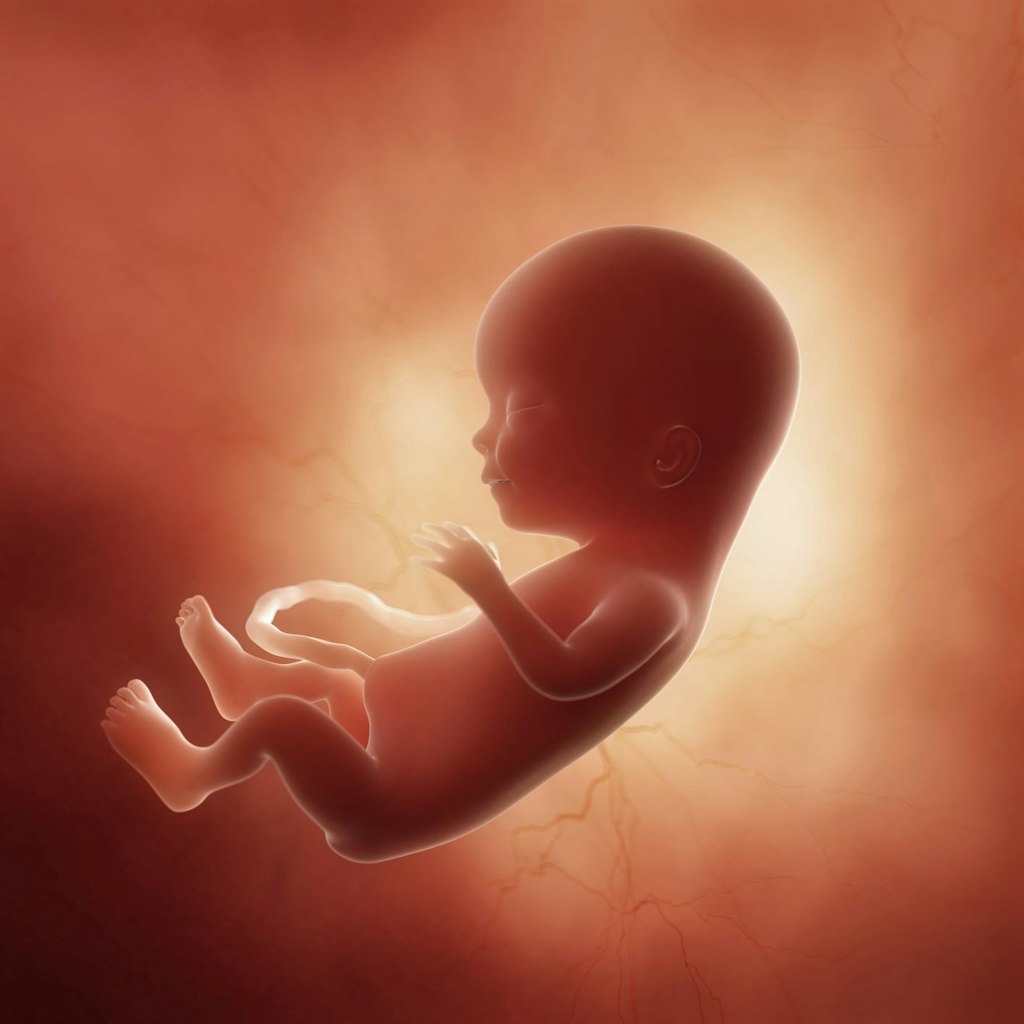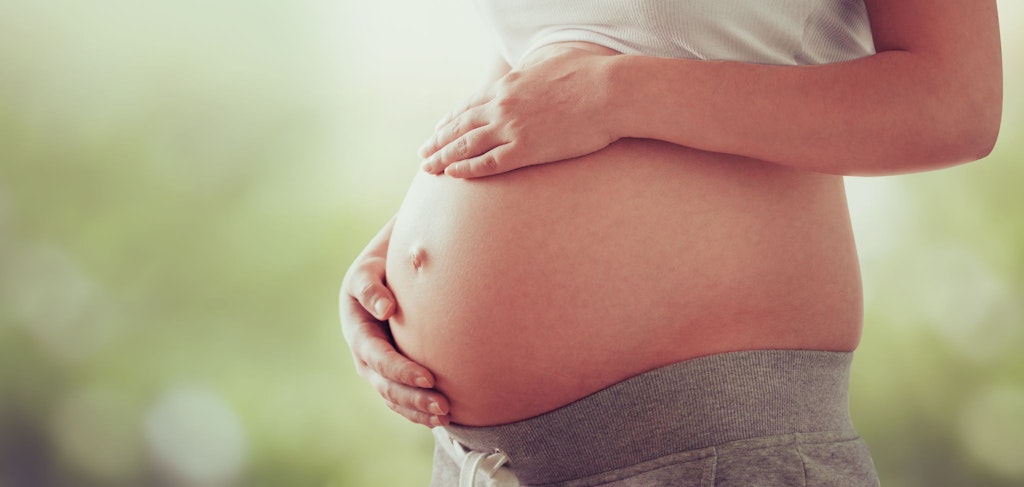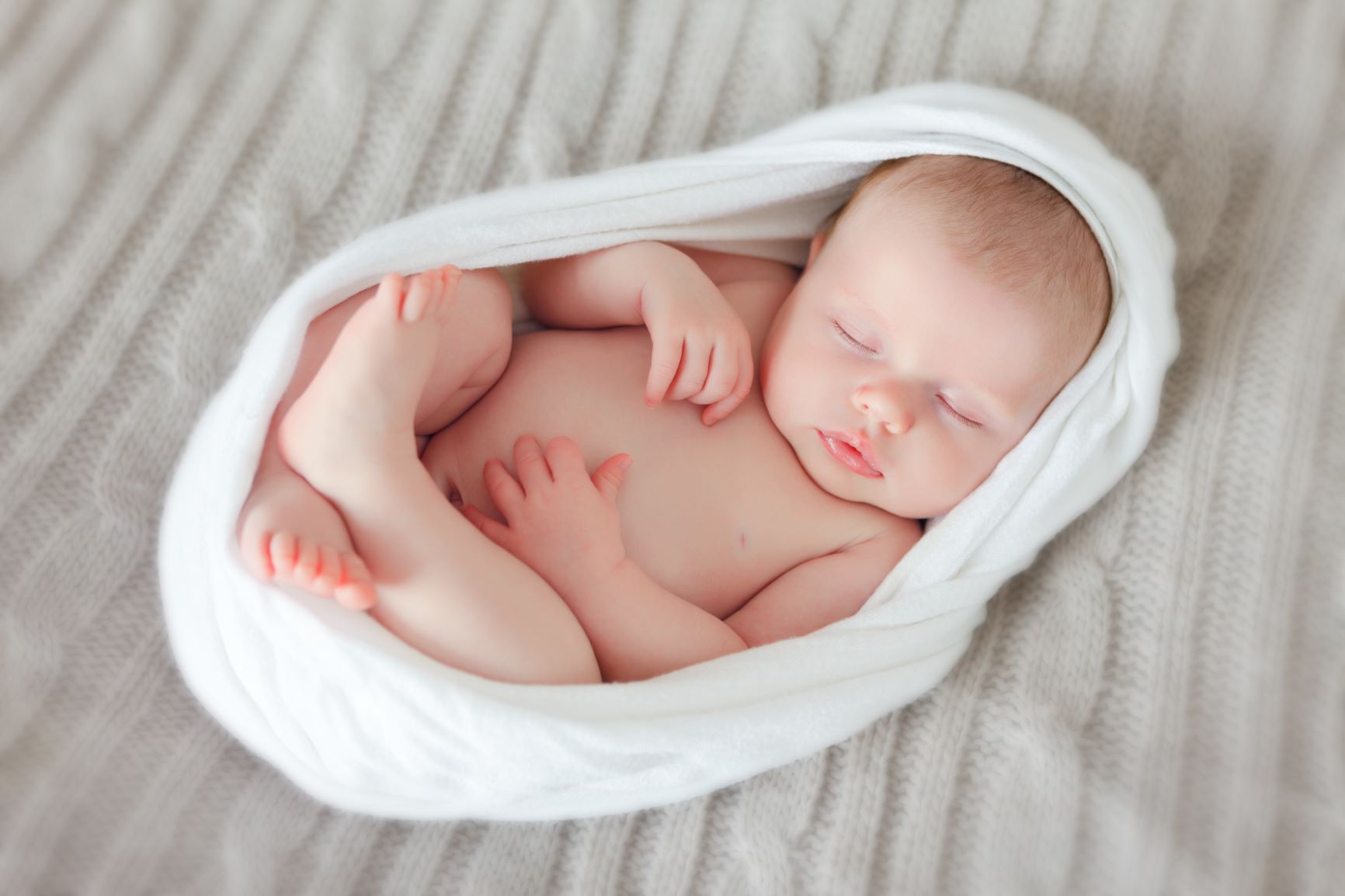When we see a baby sleeping, most of us imagine it’s probably the most wonderful and sound sleep ever because they look so peaceful. For a moment, we wish we could sleep like a baby. But is sleeping like a baby really a good thing for the rest of us?
Early Sleep Studies

Scientists have studied the early sleep habits and eye movements of fetuses. Their findings show that around the seventh month (or 28 weeks) of development in the womb, the fetus begins to have rapid eye movements (REM), and the developing baby’s brain cycles between 20 and 40 minutes of REM sleep (when the brain activity is similar to consciousness) and non-REM sleep (resting brain).
That equates to very short sleep cycles that are exhibited once a baby is born, and that sleep pattern contrasts sharply with adults and older children of the household.
Restless Sleep
From birth to three months, newborns sleep in short spurts through a 24-hour period. They average between 13-18 hours total per day during these first few months out of the womb. It’s pretty light and restless sleep, say experts, and unlike older children and adults, newborns at this stage fall into REM sleep almost immediately after they doze off. They also spend more time in REM sleep than the rest of us.
I’m betting that really light, restless sleep doesn’t sound so great to most people, who need deeper, restorative sleep starting from adolescence.
Finding the Rhythm
A very important and basic way baby’s sleep is so different from grown-up sleep is due to hormones. Babies have to develop their own circadian rhythms of hormone production. Since they are no longer physiologically tied to the mother and receiving the cues of day and night, babies need to produce melatonin to get that day-night rhythm going, which takes about three months to develop.

For circadian changes in cortisol, which regulates alertness, it takes even longer, and that’s why for many babies it takes around five months before they will sleep for more than five hours at a time during the night.
Always Changing
After three months, baby sleep patterns start to look more like adult sleep. They don’t fall into REM right away, and their sleep cycle includes longer stretches of deep sleep. This is when they start to sleep for longer periods at night, but the inconsistency of it might be frustrating for some parents who got really excited at first thinking it was a permanent change.
There are also other factors that impact baby’s sleep cycle, such as developmental growth spurts that naturally cause the baby to want more feedings during the night; or teething that happens at different times for individual babies.
However, there is that glimmer of light at the end of the sleep-deprived parents’ tunnel. Babies sleep patterns are very individualized and will vary widely. This is another way that sleeping like a baby isn’t all that it’s cracked up to be. Parents with newborns and young children do sleep like babies in that they have to awaken with nighttime feedings, diaper changes, or otherwise help settle the child back to sleep.
It turns out sleeping like a baby isn’t so restful and wonderful. Who even came up with that anyway?
